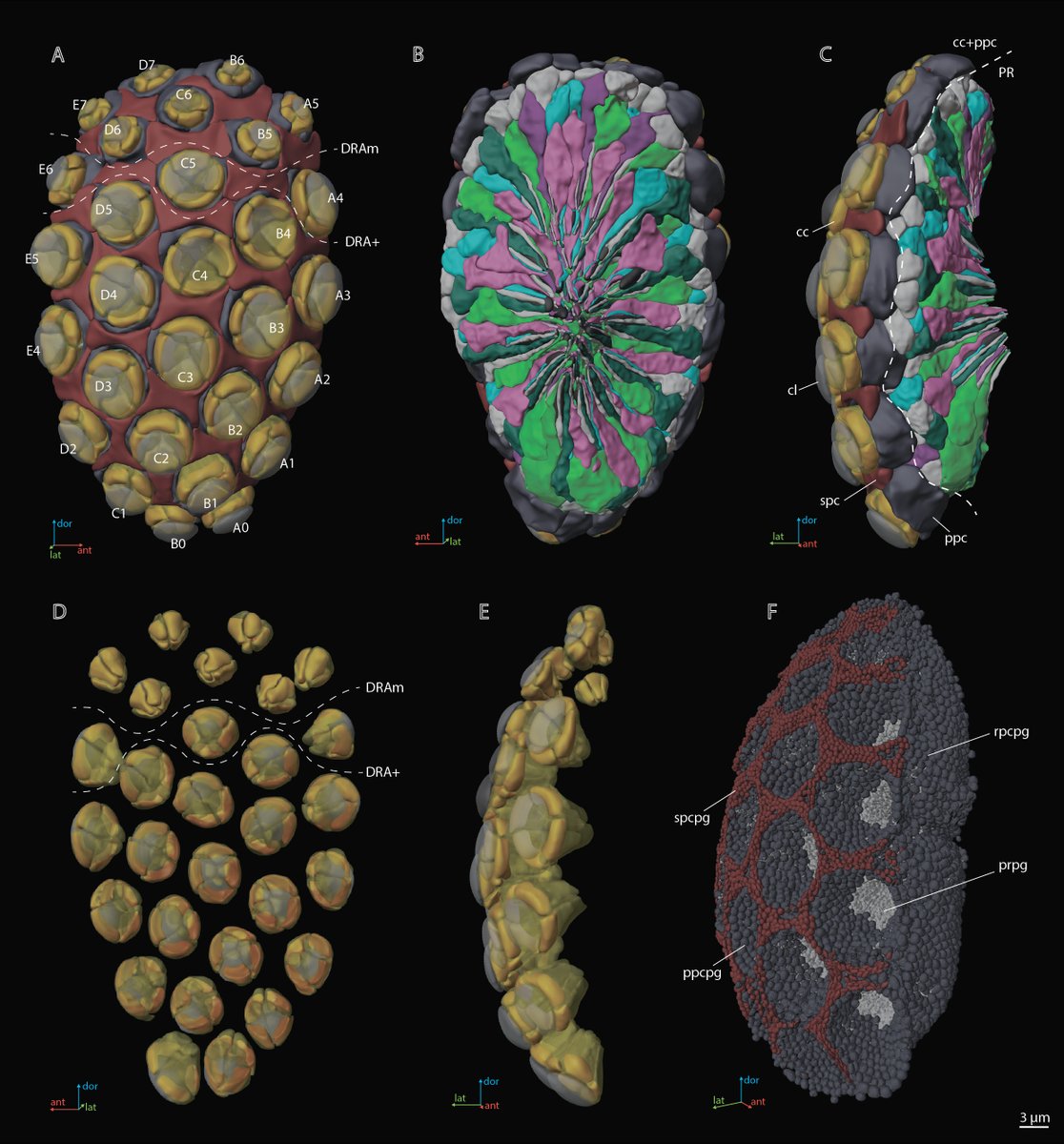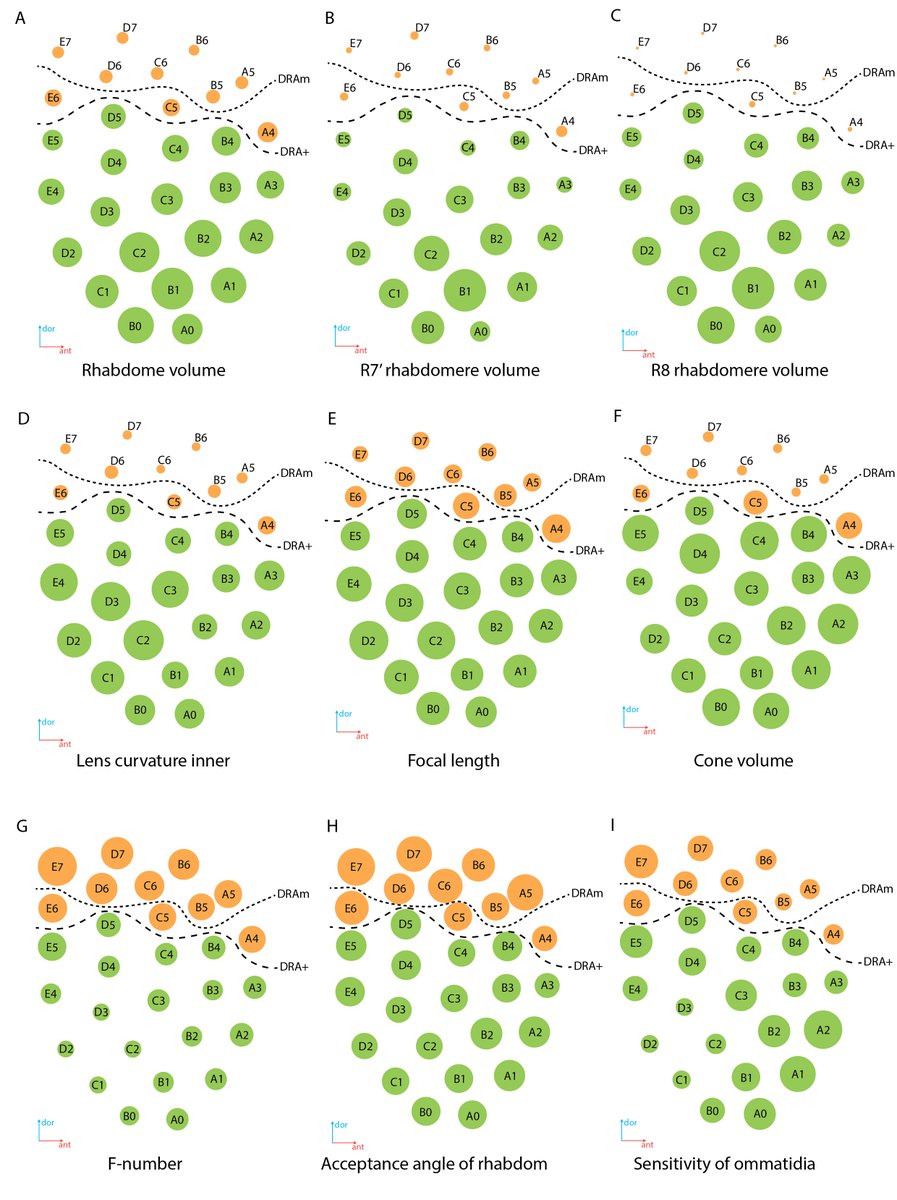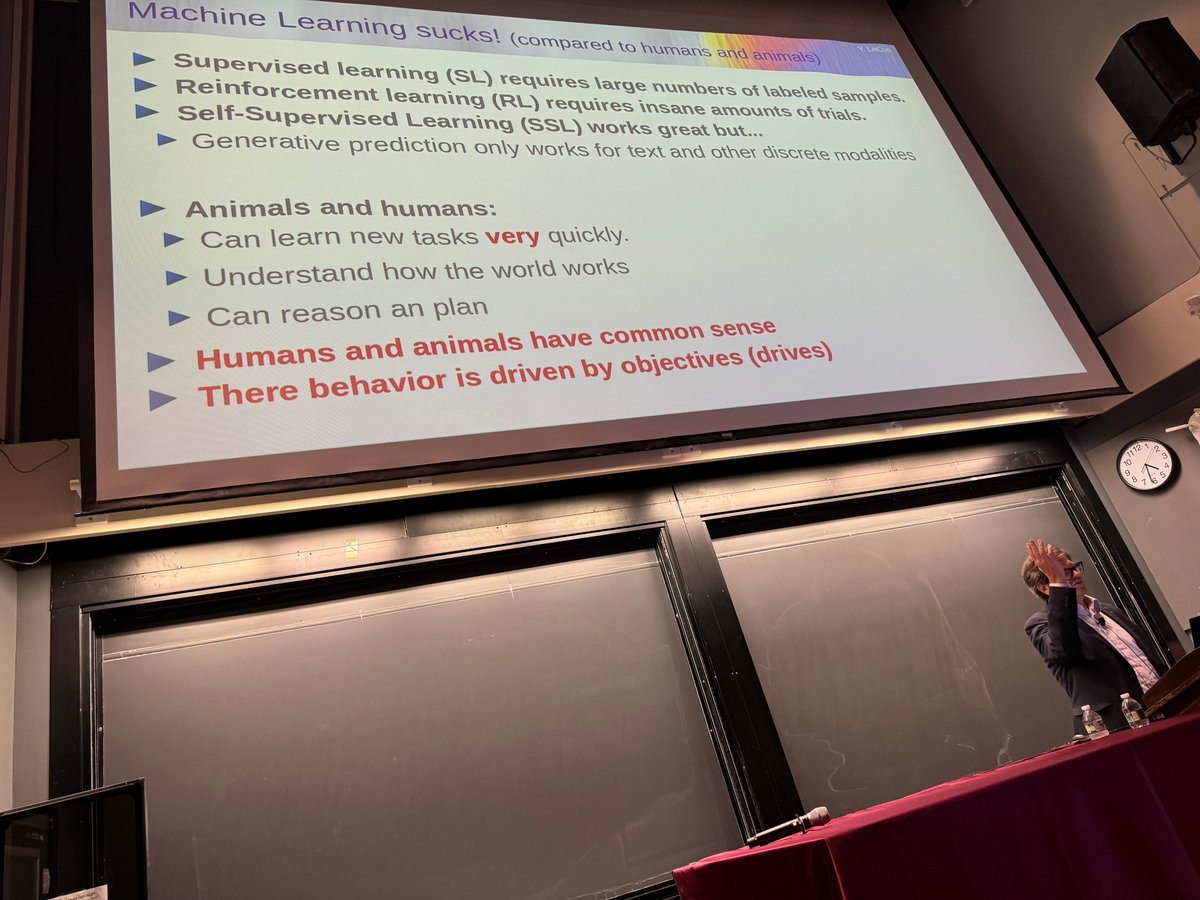
Dmitri "Mitya"
@chklovskii
Reverse engineering the brain
ID: 775884428858064906
14-09-2016 02:30:38
277 Tweet
2,2K Followers
443 Following



"The purpose of neuronal spikes is not to represent but to act upon something" From a visionary blog post by Peter Rupprecht: gcamp6f.com/2019/12/31/ann… where related ideas of @Romainbrette, Kording Lab 🦖 are discussed. Thanks Peter Rupprecht for reviewing our work on your blog!


My recent talk at UC Berkeley: Neurons as feedback controllers. Thanks Bruno Olshausen for inviting me to the terrific Redwood Institute for Computational Neuroscience archive.org/details/Redwoo… via Internet Archive

A new computational model of real neurons developed by #FlatironCCN's Dmitri Chklovskii (Dmitri "Mitya") and colleagues could lead to better #AI tools. #neuroscience Flatiron Institute simonsfoundation.org/2024/06/24/new…




“I can say with certainty that brains work on completely different principles than deep learning, and these differences matter.” writes Jeff Hawkins in a new essay featured in Fast Company. Read the article here: fastcompany.com/91228937/for-t…

Neurons are smarter than you think! Our work on conceptualizing the neuron as a controller as well as connectomics are discussed in the latest installment of the Brain Inspired podcast: braininspired.co/podcast/205/ Thanks Paul Middlebrooks for hosting and great questions!

From logical gates to grandmother cells, neuroscientists have employed many metaphors to explain single neuron function. Dmitri "Mitya" makes the case that neurons are actually trying to control how their outputs affect the rest of the brain. By Paul Middlebrooks thetransmitter.org/brain-inspired…

This is another result of our collaboration with Mitya Dmitri "Mitya"’ s group from Flatiron Institute and Harald Hess’s lab from Janelia. The work is based on fantastic vEM made by Harald Hess's team and infinity manual segmentation done by Anastasia Makarova.


Dmitri "Mitya" Despite the extremely small size of the body, the eye of Megaphragma viggianiconsists of 478 cells and all of them contain nuclei, unlike the majority of CNS neurons, which are anucleate.

Dmitri "Mitya" The eye of Megaphragma, like most other insects, has a dorsal rim area (DRA), a zone of specialized ommatidia that differ from the rest in structure and function.


Dmitri "Mitya" We found in the eye of Megaphragma there are three blind cells without their own dioptric apparatus, but with their own rhabdomere, mitochondria, outgrowths into the brain with active synapses and everything that receptors should have.

Dmitri "Mitya" One of our illustrations became Biomedical Picture of the Day bpod.org.uk/archive/2025/1…



Our survival depends on predicting the future. If the environment is a stochastic dynamical system, neurons may do this by clustering trajectories with likely shared futures. Here is a data-driven prediction algorithm that aligns with neurophysiology: online.kitp.ucsb.edu/online/neurose…


